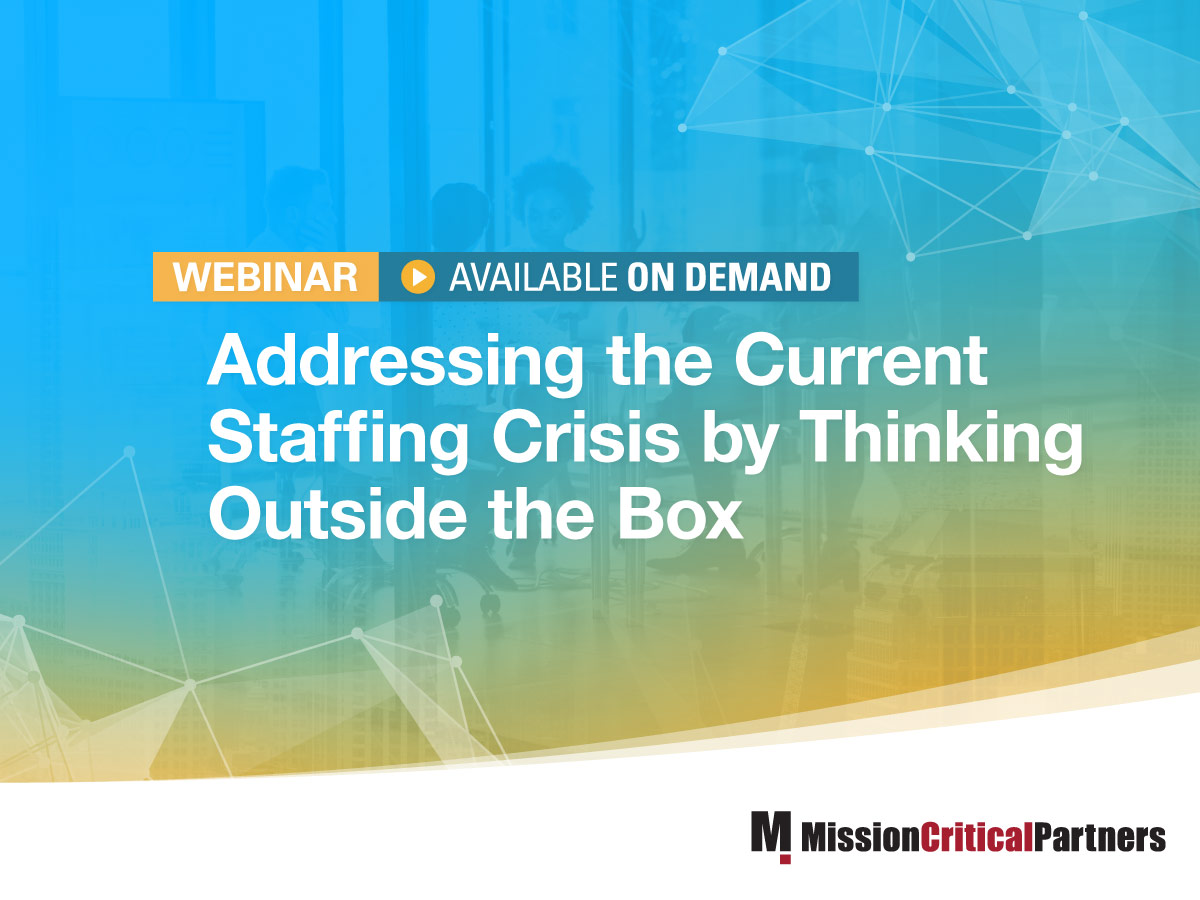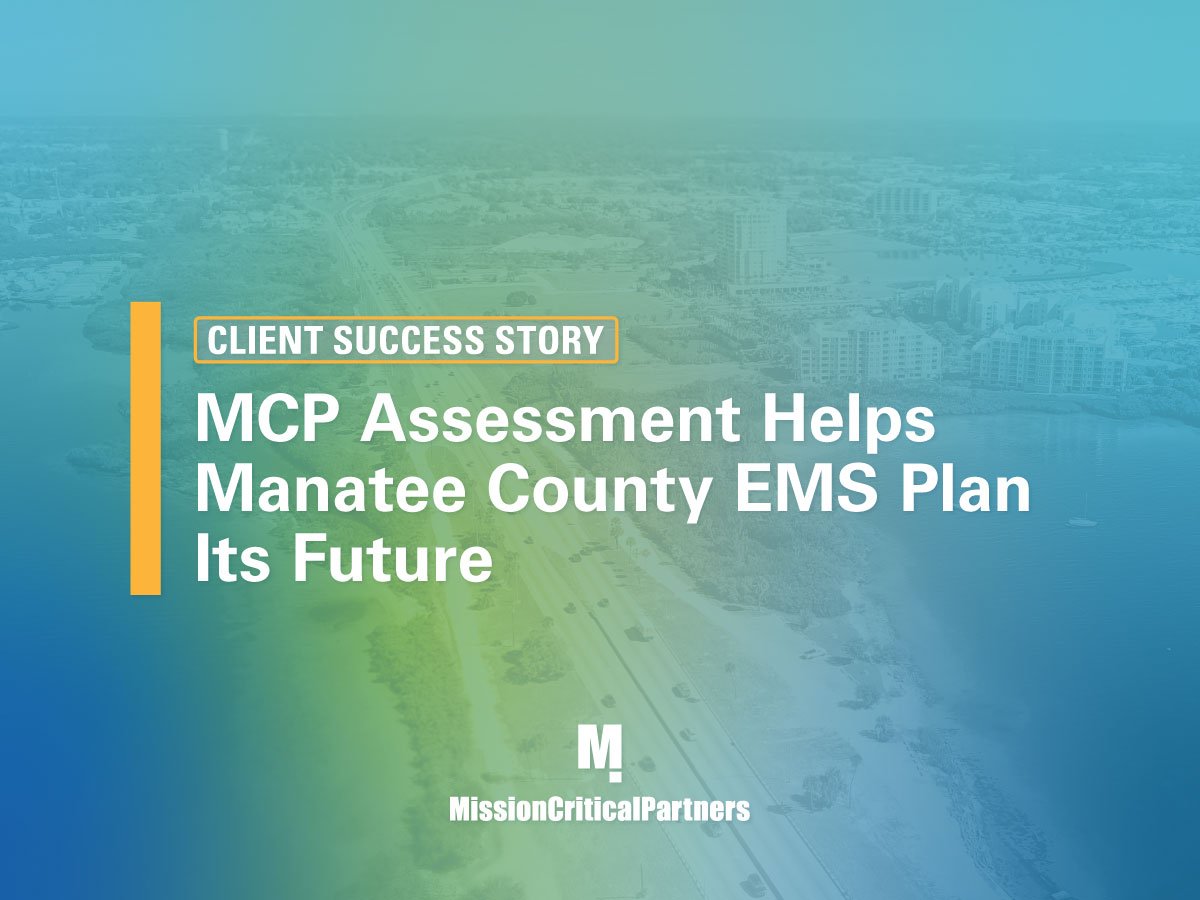In Summary
- Emergency medical service has come a long way since their inception, but numerous significant challenges still exist for the agencies that provide such services and their personnel. This whitepaper explores those challenges and presents solutions for mitigating them.
- Challenges consist of staffing, funding and billing, response and patient care
- The solutions: apply for grants, implement non-traditional staffing models, stronger recruiting, invest in billing-friendly technology and establish nurse triage or mental health capabilities
Background
Prior to the late 1960s, emergency medical service (EMS) in the United States didn’t exist—at least not in the manner that it is provided today. Ambulances were used to transport patients to hospitals or other healthcare facilities—and not much else. In 1960, only six states had standard education programs for rescue personnel—paramedics and emergency medical technicians didn’t come into being until the early 1970s—and only four states regulated ambulance-design specifications. By 1965, the vast majority of emergency medical services from coast to coast largely were unregulated.





